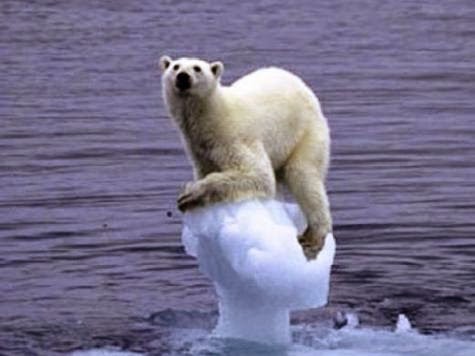A Grave Problem
 |
| Image source: www.breitbart.com |
Global warming is a term that is unknown to a very few. Time and again, we come across various effects of the warming of our Earth and vow to do something about it. It might be to reduce usage of plastic in our daily lives, adopt more greener modes of transport or even fix a small solar cell or windmill to harness some of the renewable energy available around us. While as individuals, we take some liberty in following the guidelines we set for ourselves, on a larger scale, we become nations that miss their emission targets. A recent report in the Washington Post gives details of how countries, developed as well as developing, are failing to keep their emissions in check to stay on course for the year 2035 which has been marked as the point of no return for climate change.
The resolve
The innovation
The Risk
 |
| Source: Alexander Gerst (@Astro Alex) tweet |
The Actual Answer
Instead of finding ways to sweep carbon under the carpet, time, money and effort would be better spent, conserving our forests and planting more trees to fight climate change. And then there are guys like Afforestt, who can help us develop native forests up to 10 times faster. Click on th video below to know more.
If you have enjoyed reading this post, do share it with your family and friends using the social media buttons below. Also, feel free to post your views in the discussion below and Subscribe to our blog to get all posts by email.






1 comment
Yes, global warming is the real problem nowadays and it needs to be taken care of with all attention. But somehow people find more "important" things to pay attention too. And this is really sad to realize.